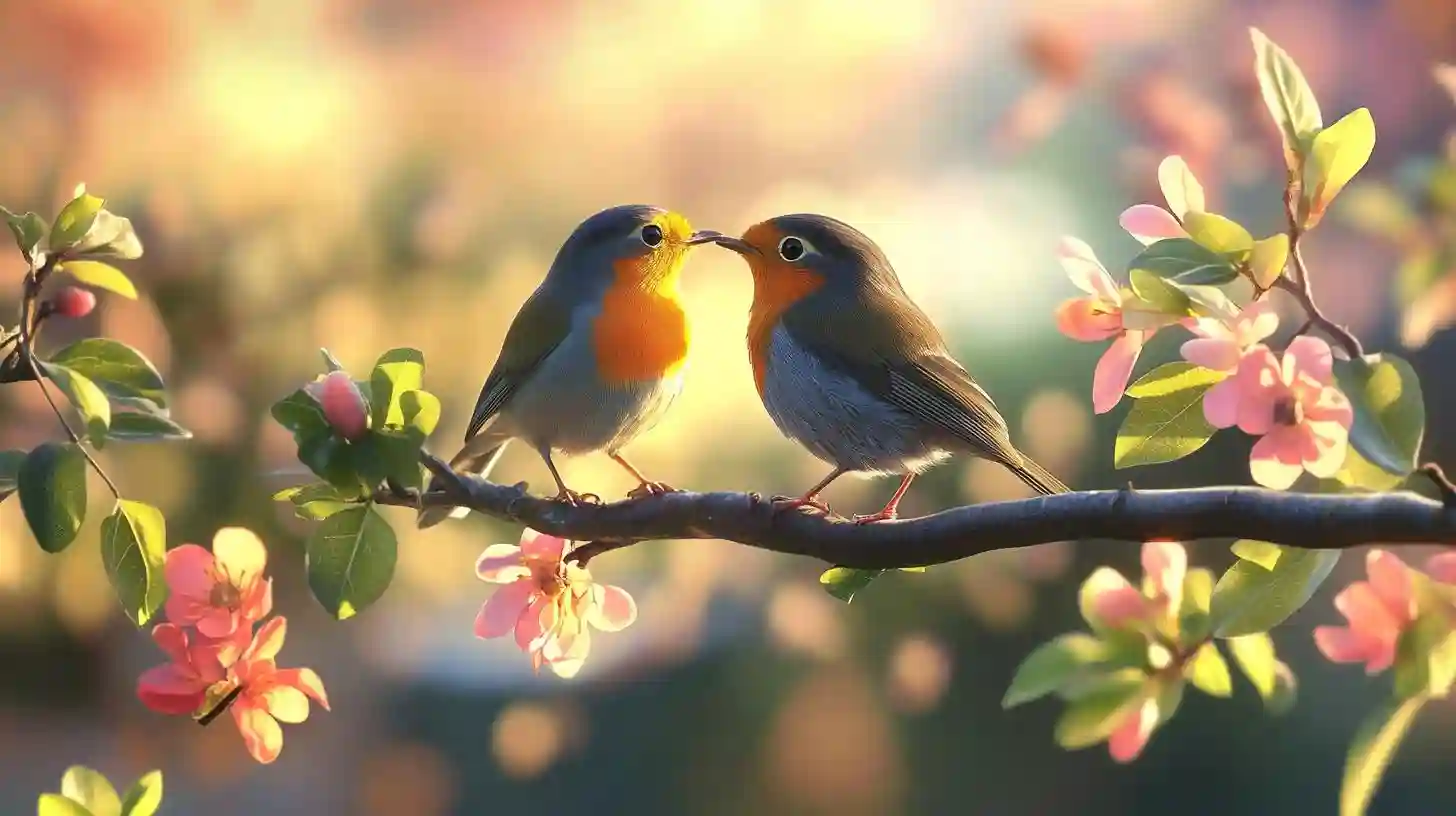
Throughout the avian world, the concept of monogamy presents an intriguing interplay between behavior and biology. Many bird species exhibit monogamous tendencies, forming pairs that often last for a single breeding season or even for life. This commitment, however, is complex and varies widely across species, influenced by ecological factors, mating strategies, and evolutionary advantages.
Monogamy in birds can be a particularly advantageous strategy when it comes to raising young. In environments where resources are limited, both parents working cooperatively to raise their offspring increases the chances of survival. Their partnership involves not only mating but also the sharing of responsibilities, such as nest building, incubating eggs, and feeding nestlings. This collaborative effort often leads to a higher success rate in fledging chicks, which in turn benefits both the adults' reproductive success over time.
Despite these advantages, the strictness of monogamous behavior can vary significantly among species. Some species are monogamous for only the duration of the breeding season. Once the chicks fledge, pairs may separate and seek new partners for subsequent breeding periods. This seasonal monogamy allows birds to maximize genetic diversity while still benefiting from cooperative parenting. In contrast, many species, like swans and albatrosses, form long-lasting bonds. These enduring partnerships often result in complex courtship behaviors and rituals, reinforcing the bonds between the pairs while also ensuring that they stay together for multiple breeding seasons or even a lifetime.
Interestingly, some bird species challenge the traditional view of monogamy with their alternative reproductive strategies. For example, in communal nesting systems, some birds will form hierarchies wherein dominant individuals breed while subordinates help raise their young. This behavior is evident in species such as the Florida Scrub-Jay, where helpers support the breeding pair, effectively enhancing the survival of the brood. This cooperative breeding model may seem contrary to monogamous ideals but illustrates flexibility within bird reproductive strategies.
Another fascinating aspect of monogamy in birds is the concept of extra-pair copulations. Many seemingly monogamous species engage in mating with individuals outside their primary pair bond. While this might seem to undermine the idea of monogamy, such behavior may actually enhance genetic diversity and viability in offspring. In this context, a male may attempt to sire offspring with multiple females while a female secures genetically superior mates, ultimately enriching the genetic makeup of her chicks. The interplay of fidelity and infidelity among birds raises questions about the evolutionary benefits of such choices and how they align with survival and reproductive success.
Furthermore, monogamous bonds in birds can also serve as a mechanism for mate guarding. Male birds, particularly in species like songbirds, exhibit behaviors that protect their partners from rival males during the breeding season. These activities reinforce the bond and ensure that their mate remains loyal while also enhancing the paternity certainty of the male. This vigilant behavior highlights the dual purpose of monogamous partnerships—providing both social and reproductive security.
Cultural and environmental factors play a substantial role in shaping monogamy among bird species. Habitat stability, resource availability, and predation pressures all influence how birds choose partners and maintain their pair bonds. In areas where food is abundant and threats are minimal, birds may be more inclined to remain monogamous. Conversely, in harsher environments where resources are scarce, birds may opt for more flexible mating strategies that allow for adaptability and survival.
Birdsong and courtship displays also significantly influence monogamous relationships. Males often sing elaborate songs or perform visual displays to attract mates and maintain pair bonds. These behaviors can indicate genetic fitness and readiness to reproduce, establishing a strong connection between mating success and monogamy. In some species, vocal duets between partners further solidify bonds, illustrating their cooperation in territory defense while enhancing mate attraction.
The study of avian monogamy reveals the depth and complexity of relationships in the natural world. Through various strategies, adapting to ecological pressures and individual circumstances, birds navigate their mating lives with a blend of instinct and social behavior. Observing these interactions offers a unique perspective on the intertwining of evolution and ecology, showcasing how diverse life forms shape their destinies in both cooperative and competitive arenas. The intricate dance of pairing and mating in birds continues to fascinate ornithologists and nature enthusiasts alike, providing insights into the broader implications of monogamous behaviors within the animal kingdom.